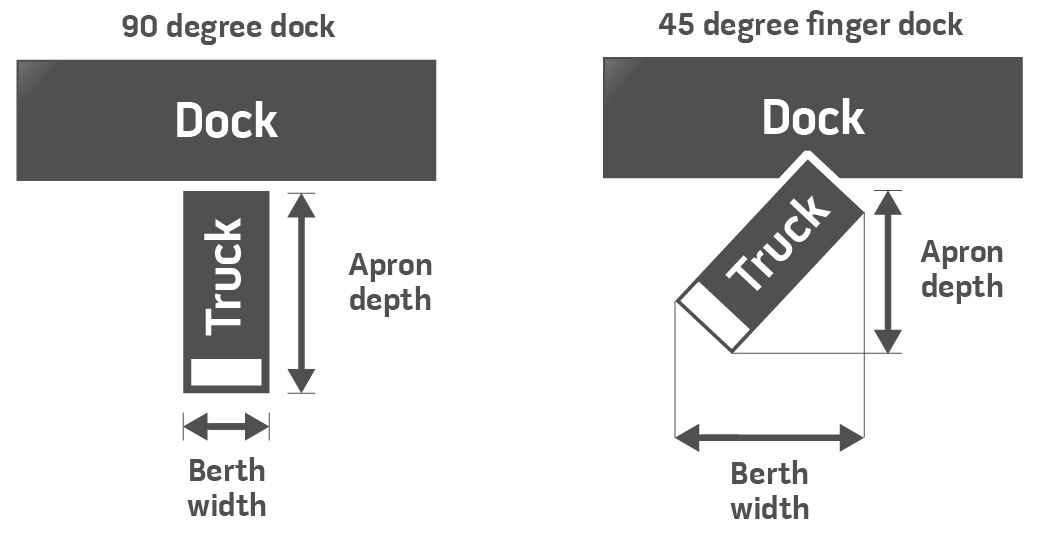Determining Space Requirements
- The size of warehouse required for an operation is determined by the maximum quantity of supplies, in tonnage and volume that will be stored there at any one time.
- This quantity is determined by calculating the number of customers, the lead-time needed to replenish the warehouse, the type of distribution system in use, the frequency of distributions (monthly, weekly, etc.), and the nature of the goods that consumers need.


Key Warehouse Floor Space Areas
The main floor-space areas within the warehouse that need to be calculated are as follows:
- receiving area
- quarantine and inspection area
- reserve storage area
- carton-picking area
- item-pick area
- value-adding services area
- packing area
- despatch area
- cross-dock area
- empty pallet and packaging storage area
- warehouse offices and
- restrooms/changing rooms
Best Practices when Determining Space Requirements
- When calculating storage requirements, assume that only 70-80% of the warehouse’s surface capacity is actually available for storage. The remaining 20-30% is required for ventilation, passageways, handling space, and repackaging areas.
- The maximum height of stacks depends on the type of goods and their packing. As a general rule, to facilitate handling by warehouse workers, avoid damage to goods, or the risk that stacks will topple over, stacks should not be higher than 2.5 m.
- Limit stack sizes to no more than 6m x 6m to prevent excessive floor load and pressure damage to packaging or goods.
- Allow at least one metre of space around and between stacks, walls, pillars, beams or other obstructions, for ventilation and maneuvering.
- Build stacks in a square shape to maximize storage capacity.
- Different items, packages and consignments must be stored in different stacks. Each stack should contain a single item with the same Purchase Order (PO) number.
- Pallet orientation (short facing or long facing). How a pallet is stored within the racking has its own trade-off within the warehouse.
- Cross aisles within the racking to reduce travel and the need for walkways between the end of the racking and the wall and could as well provide escape routes for staff in case of an emergency.
Determining Dock Requirements
It is important to determine the requirements for the receiving and shipping dock bays. Important questions to keep in mind when planning this are:
- How many dock bays are required?
- Frequency of activity
- Carrier inter-arrival time and service time
- Guessing
- Waiting line analysis
- Simulation
- How should the dock bays be configured?
- Types of vehicles at the dock bay
- Due to the limitation of space in the warehouse, the truck can be parked in two formats, either 90 or 45 degrees to the dock, to cope with the limitation.


- A 90-degree dock requires less width and more depth. It also requires less inside warehouse space and more outside space than a finger dock.
Manoeuvring Allowances Inside the Warehouse
- Space is needed to enter and exit the carrier and to travel between the carrier and the receiving buffer area or the shipping staging area. This area is occupied by the dock levelling devices.
- An aisle must be located between the back edge of the inside dock levelling device and the receiving buffer area or the shipping staging area.
- The required width is six to eight feet for manual handling and non-powered material handling equipment and eight to 12 feet for powered material handling equipment.
Buffer and Staging Area Requirements
- The receiving buffer area serves as a depository for the materials uploaded from the carrier where a thorough check-in and inspection must be performed.
- The shipping staging area serves as an accumulation point for the merchandise that comprises a shipment. This is where packaging, unitising and verifying the customer order takes place.
